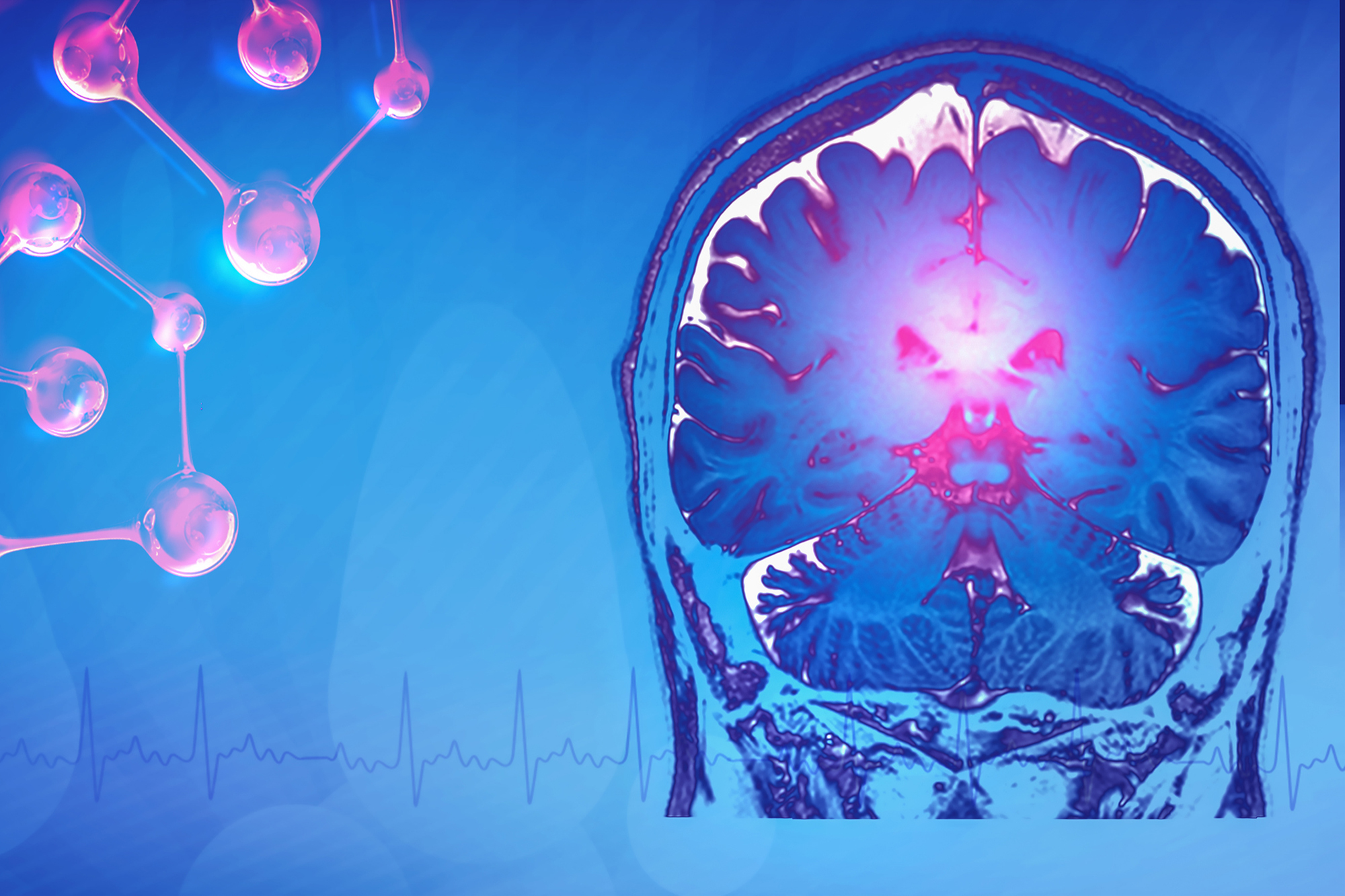A devastating genetic disease called CDKL5 deficiency disorder (CDD), which strikes in early childhood, may be significantly treatable even in adulthood, a new study from the Perelman School of Medicine suggests.
CDD is caused by the mutation of a gene called CDKL5, which is thought to play an important role in steering proper brain development during childhood. The study, published in the Journal of Clinical Investigation, finds compelling evidence that the gene is important in the brain even after childhood. When they switched off the gene in healthy adult mice, the mice developed severe neurological problems like those seen in mice that lack the gene from the start of life. The scientists then tried reinstating CDKL5 gene activity in young adult mice that had been deprived of it throughout early life, and found that the animals became mostly normal.
“One of the big questions for any genetic disease concerns the curability of the disorder and the extent of the time window in which a therapeutic approach, such as gene therapy, can help patients. Encouragingly, we found evidence that CDD is likely treatable, even after childhood,” says senior author Zhaolan “Joe” Zhou, a professor of genetics at Penn.
CDD is found in about 1 in every 40,000 babies born. The disorder usually manifests within weeks of birth and includes a host of intellectual and neurological disabilities including movement impairments and epileptic seizures. Patients usually use wheelchairs and require support with all activities of daily living.
Researchers are still at least years from developing a gene-replacement or gene-reactivation therapy for CDD, an endeavor that would bring many technical challenges, including the formidable hurdles involved in delivering treatments to the central nervous system. But the experiments by Zhou and colleagues are a promising “proof of principle” that restoring a normal level of CDKL5 activity in adulthood can reduce disease signs.
Read more at Penn Medicine News.








